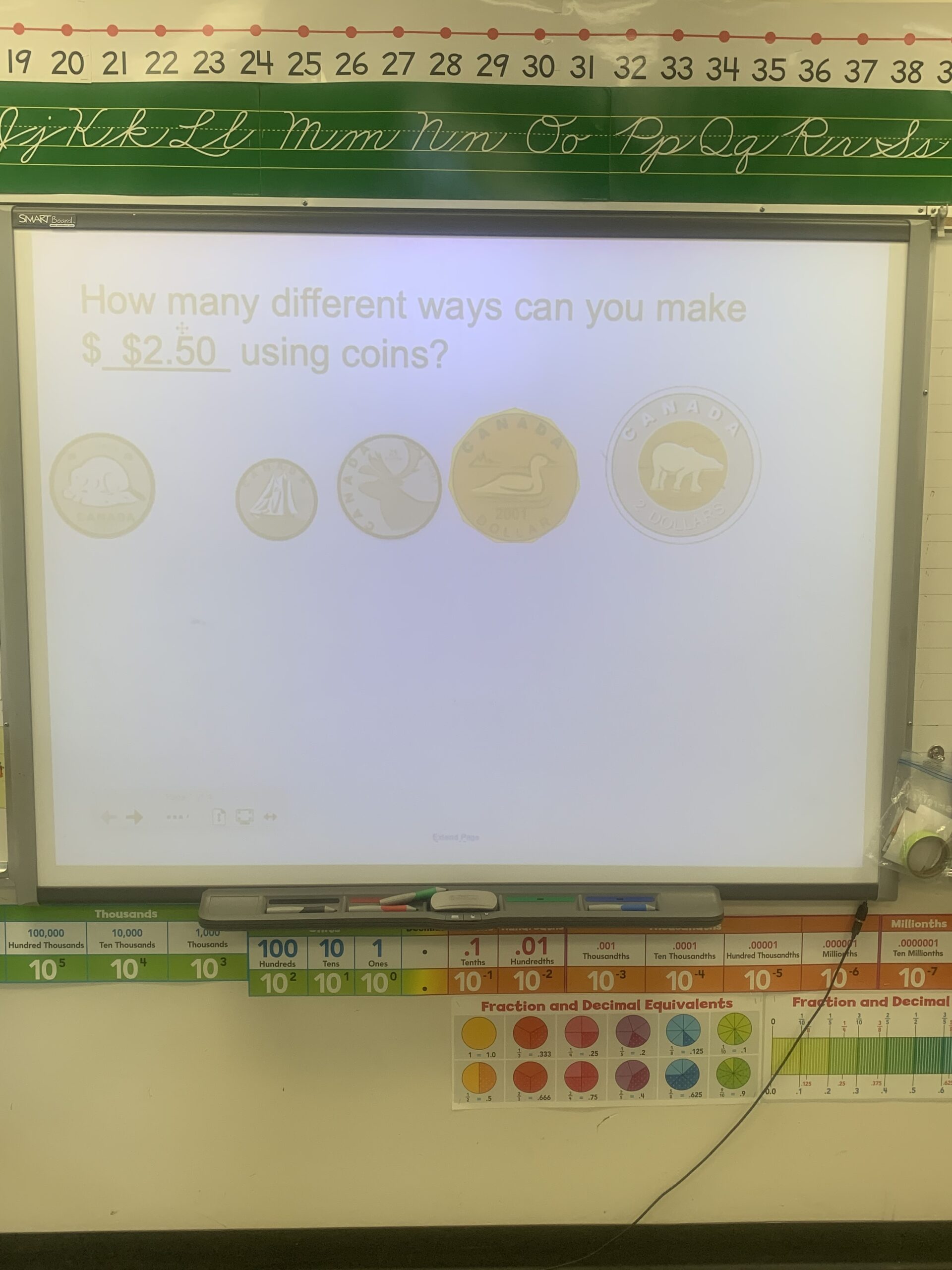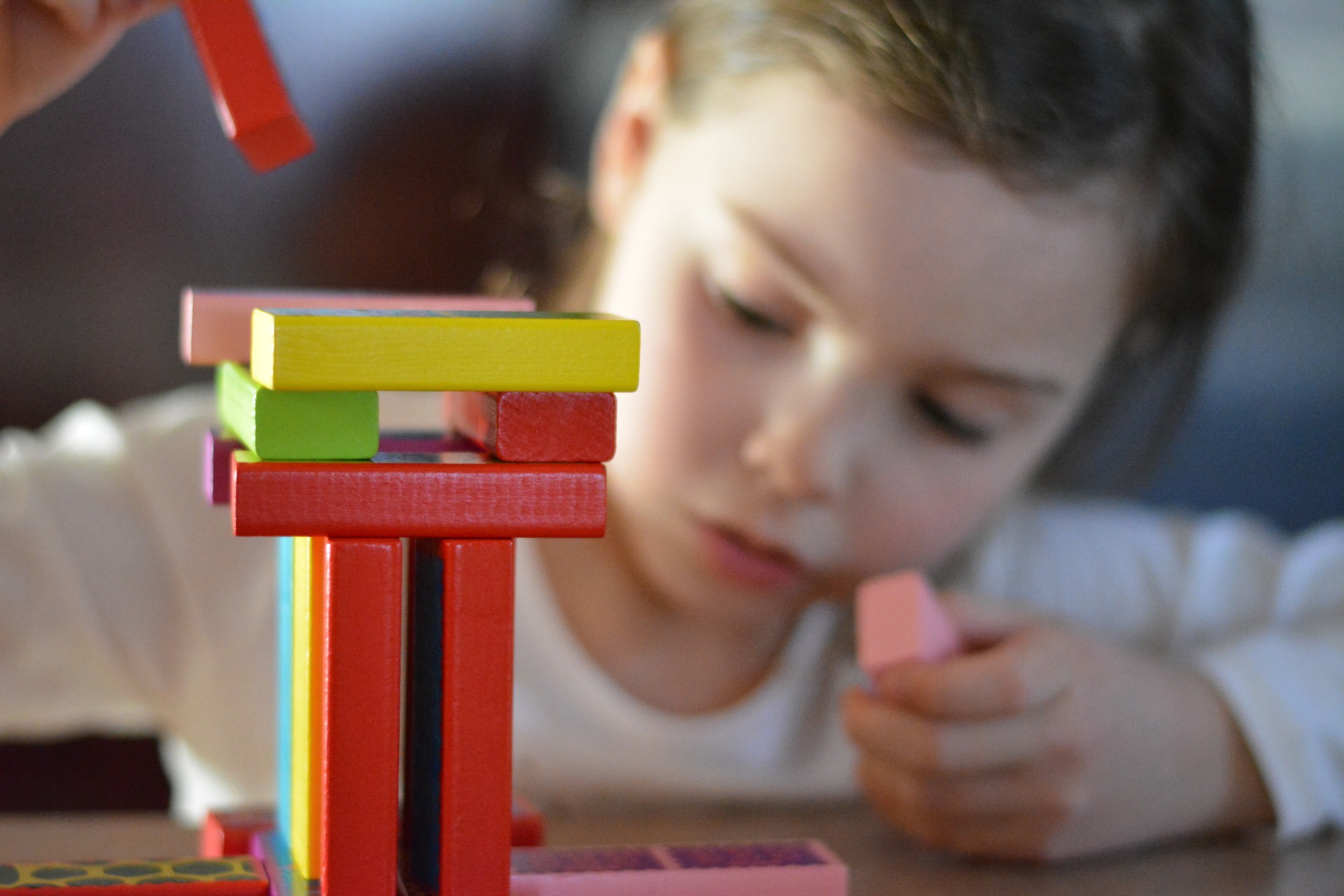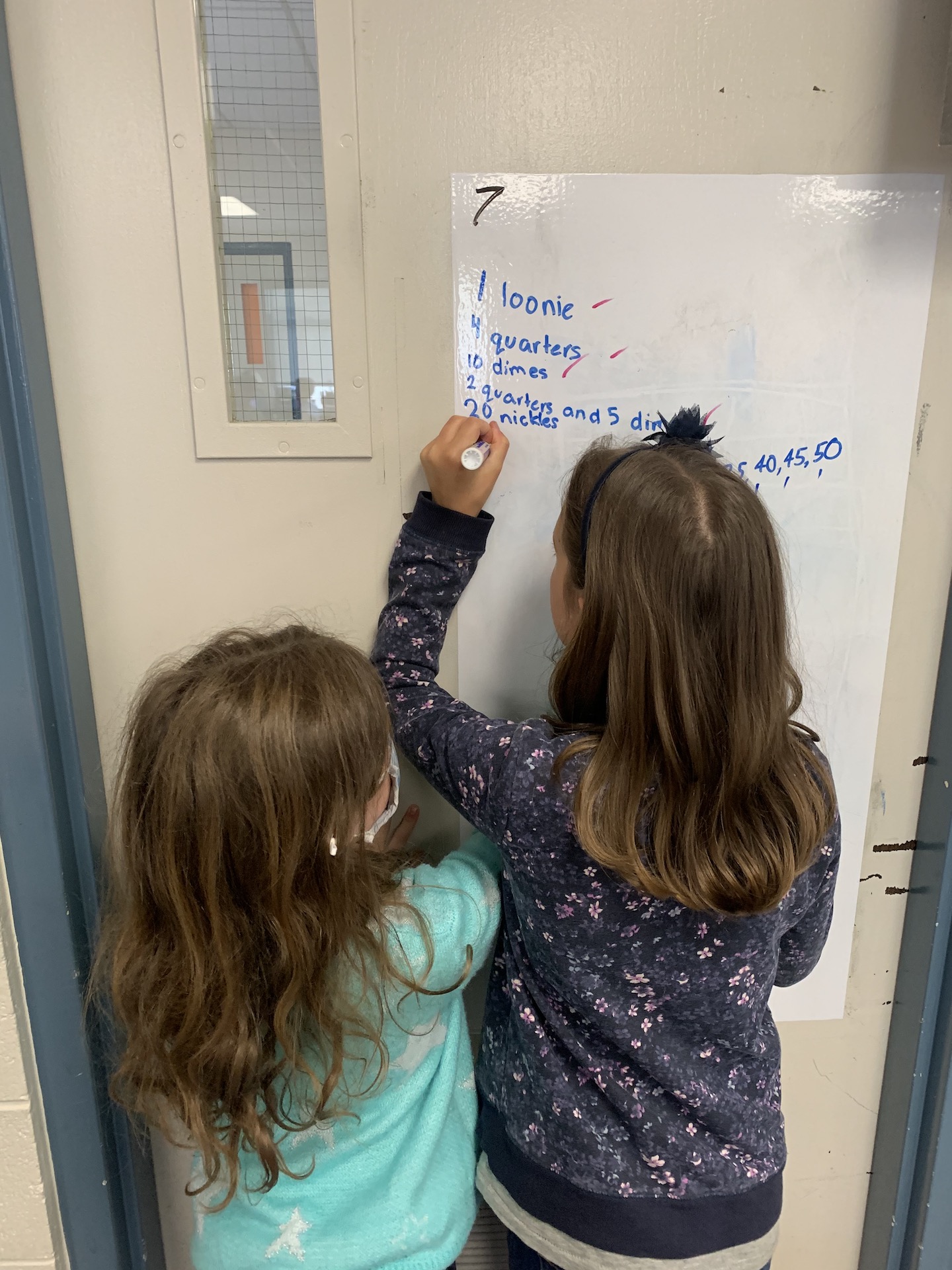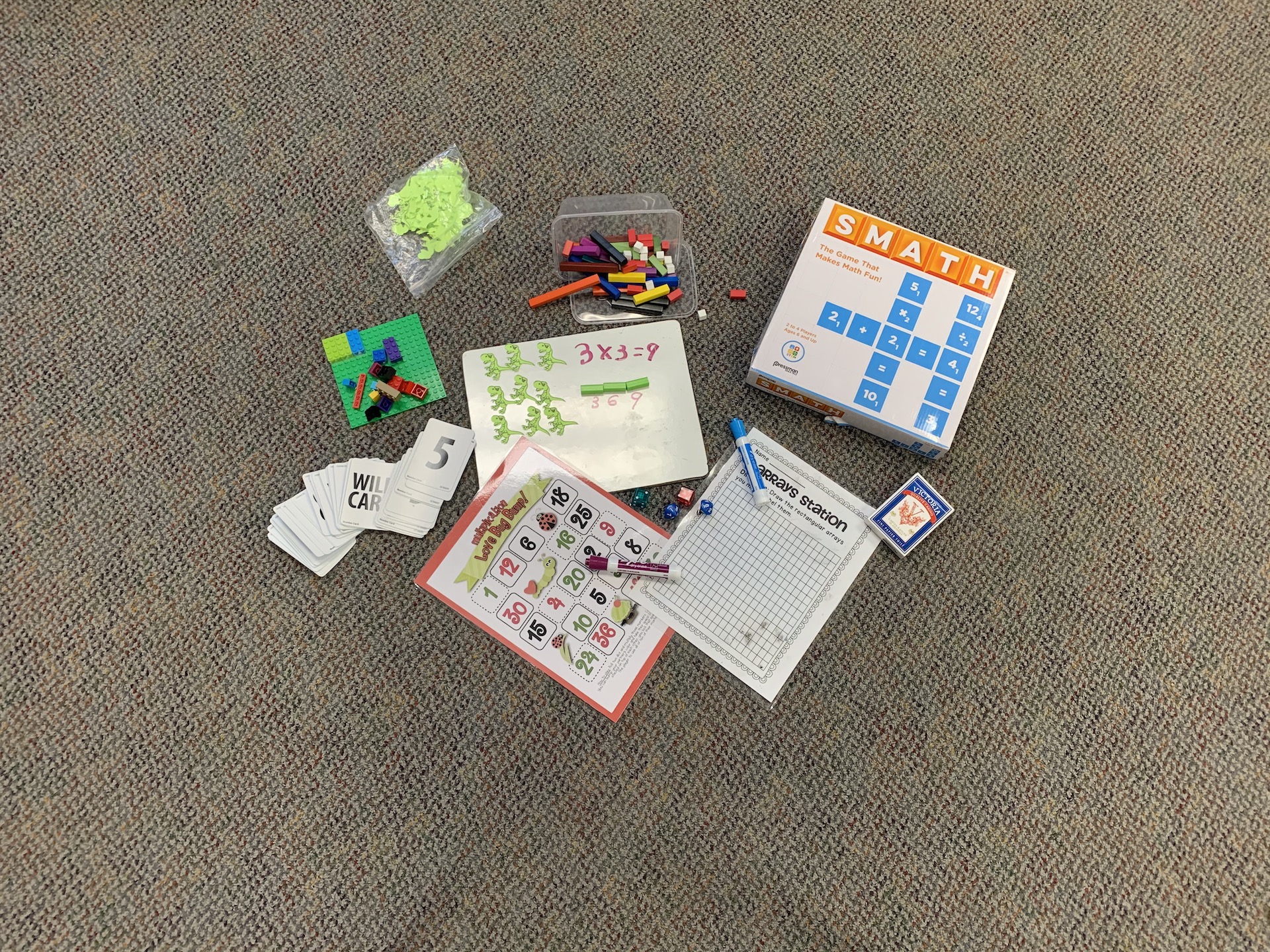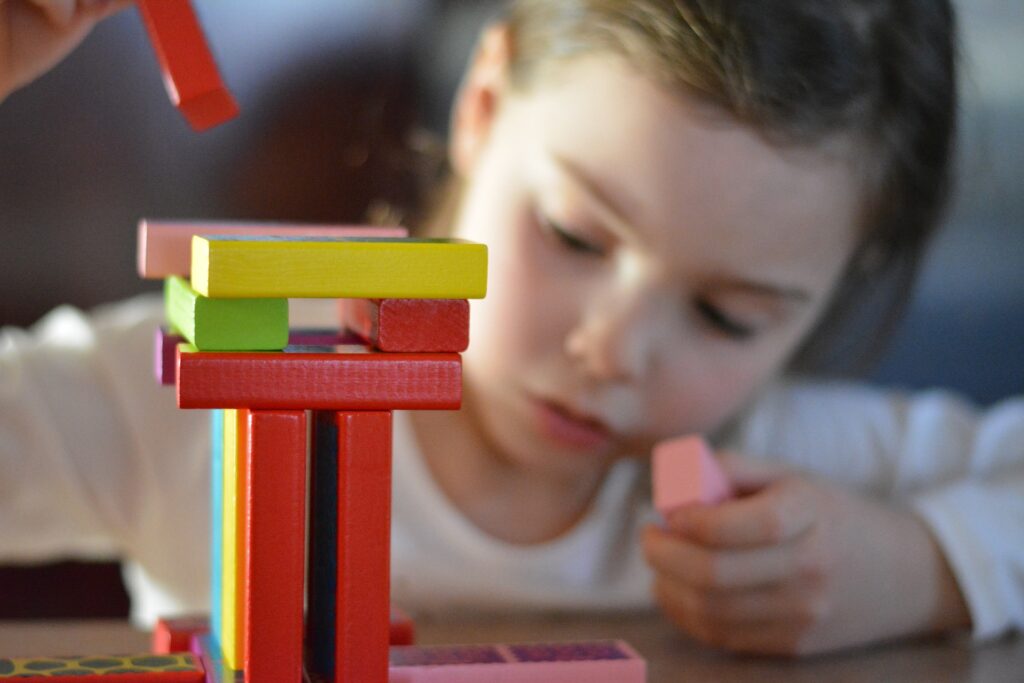
“Play isn’t a luxury. It’s a necessity.” (Mraz, Porcelli, & Tyler, 2016)
I really feel that games are an important part of math class and great for practicing skills and building fact fluency. As humans we are hard wired to play and the need to incorporate play has been written about by many authors. One of my favourite books on the topic of Play in the classroom is Purposeful Play (Mraz, Porcelli, & Tyler, 2016) which I was fortunate enough to be part of a book study on, looking at the different ways children play and how it builds their skills across the curriculum. Before the pandemic I attended a workshop on “Evergreen Games” or math games that can be adapted to fit different topics while retaining the same rules, this includes games like BUMP.
In our classroom a favourite game is Stomp, this is an active game that gets students moving and is best played outside.
Stomp
Materials
½ sized papers with numbers 1-100 written on them (I use scrap or GOOS paper)
Laminated 100 chart
White board marker
Clip board
How to play
- Clear a larger open playing area
- Split class into two teams
- Scatter numbers across the playing area randomly
- Teams line up on either side of the playing area
- Person at the front of the line goes first
- Teacher gives an equation for one of the numbers on the floor
- Player 1 on each team goes to find the number
- When they land on the number students say “stomp on ________ the equation equals _______”
- Stomp on 25 five multiplied by five is twenty-five
- If the student is correct, they take the number to their group – teacher crosses it off on the 100 charts
- The group with the most numbers at the end wins
Note this game gets loud and exciting, teams work together to help their player solve the equation and call hints to them. Students may not tell their player the answer but may give hints such as it’s less than 25 and greater than 20.
Number line frog hop
Materials
- Number lines
- Open or marked
- Dice
- 6 or 10 work best
- White board
- White board pen
Game play
- Each student gets a number line and dice
- Students roll the two dice and add or multiply them then “hop” on their number line to solve the problem.
- Students track the sum or product on their white boards and add up the total at the end.
- Student with the highest score in a group / class win
This game may also be taken outside and played using sidewalk squares or chalk number lines as a playing area. We’ve found the lines on our basketball court great for human sized Number Line Frog Hop. This would also be something that could be done using a hopscotch grid on the ground.

